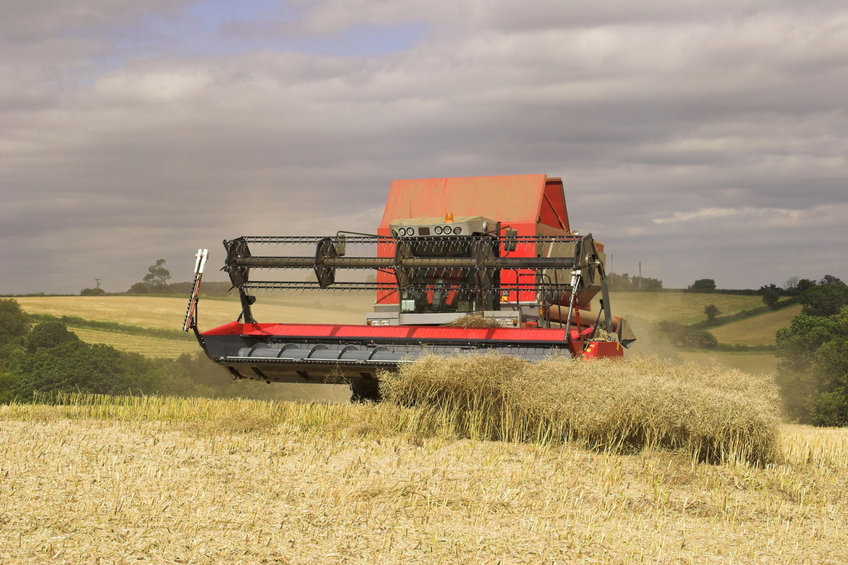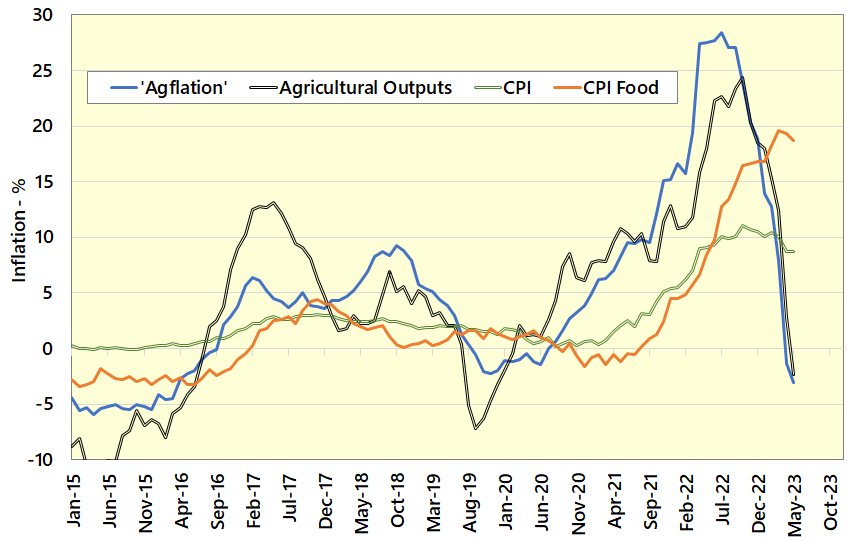
Inflation in agriculture has been in 'free fall' during the first half of 2023 after peaking at over 28 percent in 2022, new figures show.
After reaching a high in July 2022 at 28.4%, agricultural inputs’ inflation - or 'agflation' - has seen a major decline so far this year, and has now become deflationary.
Consultant Andersons’ latest inflation estimate, announced on Wednesday (21 June), suggests that agricultural input prices in May 2023 are 3% lower than in May 2022.
Agricultural output prices have broadly mirrored the trend for agricultural inputs and have also become deflationary, currently standing at -2.3%.
This is in sharp contrast to food prices, which in May 2023 are estimated to have risen by 18.7% year-on-year.
Andersons said in its update on agflation that food prices for consumers were continuing to rise whilst agricultural prices were falling.

"Importantly, there is a lag between how agricultural prices evolve and how these prices are reflected in retail prices," the consultant said.
"Back in 2017, when agricultural output prices reached their highest point in May of that year (at 13.2%), the CPI Food index did not peak until the following November (at 4.1%).
"This reveals a lag of about 6 months and indicates that the highest extent of inflation in food prices was significantly lower than for agricultural outputs."
A key reason for this is that agricultural raw materials are one of several inputs that go into supplying food to consumers.
Other inputs such as labour, energy, and packaging are also significant, and traditionally are much less volatile than agricultural prices.
Andersons said the effects of Brexit, Covid and the Russia-Ukraine war had exerted multiple pressures on both agricultural commodities, labour and energy inputs, meaning that recent CPI Food inflation had reached 20%.
The consultant added: "However, there are signs that food price inflation might have peaked in March 2023, about 7 months after agricultural output prices had done similar."
The firm’s agflation index builds upon Defra price indices for agricultural inputs and weights each input cost, such as animal feed, by the overall spend by UK farmers.
Andersons then provides a more up-to-date estimate of the price index for each input cost category.
As the ‘official’ Defra figures are updated, Andersons agflation estimates are also adjusted to take account of the Defra updates.
